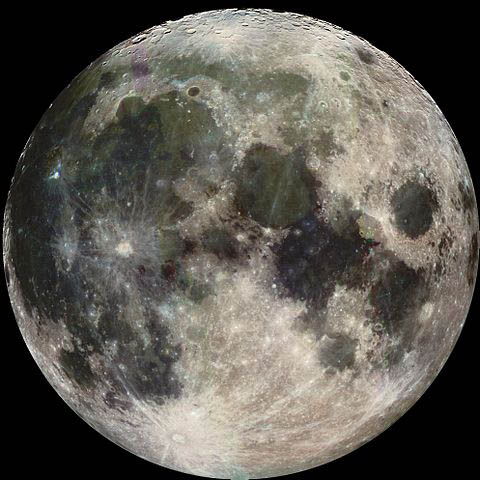For me, Christmas sometimes comes twice a year. The release of the National Science Foundation’s biennial quantitative data report to Congress on the state of American science, engineering, and technology, The Science and Engineering Indicators (SEI), made 2014 one of those years. This year, the SEI has mostly good news about public attitudes and American’s understanding of science and technology. Good enough, I think, to merit sharing here.
For starters, Americans seem to be getting a bit more science news in their lives. For example, the number of minutes of annual nightly weekday television newscast airtime devoted to science, space, and technology has averaged about 2% of broadcast network (ABC, CBS, and NBC) news between 2000 and 2012, but crept up above 3% in the most recently reported data.
The degree to which SEI survey respondents demonstrate an understanding of basic scientific concepts and facts, as well as the capacity to distinguish science from pseudoscience, are used in the SEI as indicators of basic scientific literacy. In 2014, the latest data indicates that basic scientific literacy is up. More Americans than ever before know that the center of the Earth is very hot, that electrons are smaller than atoms, and that the continents have been moving their location for millions of years and continue to move. They also know, to a lesser extent, that not all radioactivity is man-made and that lasers don’t work by focusing sound waves. At a combined score of 68% correct for men and women, it is the highest level of apparent science literacy since 1999, when the NSF first began asking physical science questions in the study.
Less encouraging news is that only 55% of Americans believe that astrology was “not at all scientific,” whereas nearly two-thirds of Americans gave this response in 2010. The response has not been nearly this low since 1970, when it hit 50% and the moon, presumably, was in the Seventh House. Interestingly, younger respondents were the least likely to regard astrology as unscientific, with only 42% of the youngest age (18–24) group surveyed believing that astrology is not at all scientific. Obviously, science education still has a way to go.

The Galileo spacecraft’s image of the Moon. Photo courtesy of NASA.
Thankfully, if respondents have their way the road to greater literacy is a bit more promising, because according to the SEI, the percentage of Americans who said they thought the government spent too little on science has gradually increased from 1981. In particular, spending on health, alternative energy science and technology, and environmental improvement and protection is not enough. This apparent willingness to fund science and science education seems to be consistent with the fact that overall Americans remain strong believers in the social and economic benefits of science and technology, even while eying its potential risks. Surveys showed that roughly 7 in 10 Americans see the effects of scientific research as being more positive than negative for society.
Sadly, only about half of Americans see social science fields like economics and sociology as being scientific. While it may simply be more of an issue of language, it seems that in excess of 57% of Americans also see activities such as farming, firefighting and computer programming as being scientific. For me, this is one of the most interesting areas of the study as it gets to the question of “what is science?” The public perceptions of the degree to which certain fields and work activities are scientific show in the SEI that only 69% and 67%, respectively, for the fields of physics and biology as being very scientific. I am intrigued as to what that other third of Americans think physics is other than science.
Still, the implications of the American public not knowing more broadly what exactly is science are difficult to judge. While Americans today see more and seem to know more about science, the SEI echoes a Pew Research Global Attitudes Project (2010) report that Americans express less concern about danger to the environment by climate change than people in many other countries by a wide margin. This concern is less in the United States than in 30 of the 31 countries in the Pew survey. Clearly, there is some strange disconnect in the U.S. between our fairly respectable public understanding of science and the understanding of the science that provides the international community’s public assessment of climate change danger.
Nonetheless, the SEI reported some pretty good news, better than many past years. That’s a gift worth sharing.
